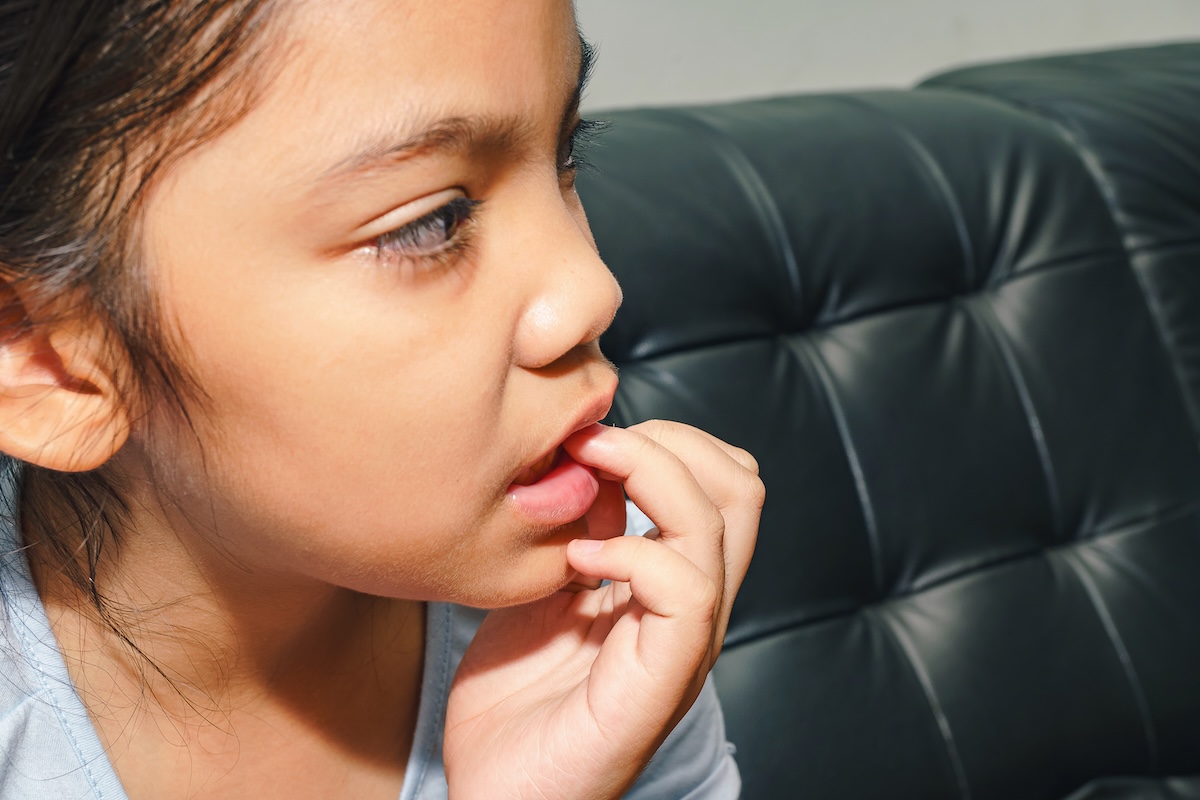Impetigo is a common and highly contagious skin infection, especially in children. It causes red sores or blisters that can burst, ooze, and form a yellowish-brown crust. Though it may look alarming, impetigo is usually not dangerous and can be treated easily with the right care. It spreads through close contact, sharing items like towels, or touching infected skin and then touching something else. Because of how quickly it can spread, early treatment and good hygiene are important to stop it from passing to others.

Most cases of impetigo happen in preschool and school-age children, but adults can get it too, especially if they have a break in the skin or weakened immune system. Understanding how it starts, what it looks like, and how to treat it can help you take care of it quickly and safely.
What Causes Impetigo And What Types Are There
Impetigo is caused by bacteria that enter the skin through small cuts, insect bites, or other minor injuries. The two main types of bacteria responsible are Staphylococcus aureus and Streptococcus pyogenes. These bacteria are common and often live on the skin without causing problems, but when they get into broken skin, they can lead to infection.
The infection is more likely to happen in warm, humid weather or in places where people are in close contact, such as schools, daycares, or sports teams. Impetigo can also spread easily among family members.
There are two main types of impetigo:
-
Non-bullous impetigo: This is the most common type. It starts with red sores or blisters, usually around the nose and mouth. The sores break open and form a honey-colored crust. These spots may itch or feel sore, but they don’t usually cause fever or serious discomfort.
-
Bullous impetigo: This less common type causes larger blisters filled with fluid. These blisters are more likely to appear on the trunk, arms, or legs. The skin around them may look red and swollen. This type is more common in babies and tends to spread more quickly.
In some cases, if impetigo isn’t treated or if a child scratches the sores too much, it can lead to deeper skin infections or scarring, but this is rare with proper care.
Common Symptoms You Might Notice
Impetigo symptoms are easy to spot once the sores appear. The infection usually starts with small red spots that quickly turn into blisters. These blisters may break open and ooze fluid, which then dries and forms a crust. The crust is often a golden or yellow-brown color and flakes off as the skin heals. Other symptoms may include:
-
Itching or irritation around the infected area
-
Redness or swelling around the sores
-
A burning feeling, especially if the skin is raw
-
Mild pain or discomfort from scratching or rubbing the area
In non-bullous impetigo, the sores are usually small and clustered. In bullous impetigo, the blisters are larger and may stay unbroken for longer. Both types can appear on the face, arms, legs, or other areas of the body that have been irritated or injured.
Some children may also have swollen lymph nodes near the infection, but fever and other serious symptoms are uncommon. If your child seems very ill, has a high fever, or the redness spreads quickly, it’s important to call a doctor right away.
How Doctors Diagnose Impetigo
Doctors can usually diagnose impetigo by simply looking at the sores. The appearance of the rash—especially the honey-colored crust—is often enough to confirm it. They may ask questions about when the symptoms started, if anyone else in the household has similar symptoms, or if your child had a recent scrape, insect bite, or cold.
In some cases, especially if the infection isn’t getting better with treatment, the doctor may take a sample from the sore using a swab. This sample is sent to a lab to find out which bacteria are causing the infection and which antibiotics will work best.
Most of the time, though, no special tests are needed. A quick check at the doctor’s office is usually enough to start treatment.
Treatment Options And Home Care
Impetigo is usually treated with antibiotic creams or ointments that you apply directly to the sores. These creams help kill the bacteria and speed up healing. Before applying the cream, gently wash the area with warm water and mild soap to remove any crusts. This helps the medicine work better. You’ll usually need to apply the ointment for about 5 to 10 days.
If the infection is more widespread or not improving with cream, the doctor may prescribe oral antibiotics. These are pills or liquids taken by mouth and are usually given for 7 to 10 days. It’s important to finish the entire course of medicine, even if the sores look better after a few days, to make sure the infection is completely gone.
While your child is healing, try to keep their nails short to prevent scratching. Cover the sores with loose bandages if needed, and make sure to wash hands often. Avoid sharing towels, washcloths, clothing, or toys until the infection is gone.
To help prevent impetigo from spreading:
-
Wash infected areas gently and often
-
Keep your child home from school or daycare until at least 24 hours after starting antibiotics
-
Wash bedding and clothes in hot water
-
Disinfect surfaces and toys that may have been touched
With treatment, impetigo usually clears up within a week or so. The skin may be a bit red or sensitive for a while after the sores go away, but scarring is rare.

